Burning the Midnight Oil for Living Energy Independence
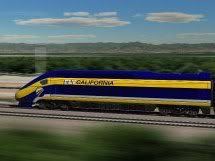 As I mentioned in last week’s Sunday Train, the California HSR Authority came out with a revised draft Business Plan.
As I mentioned in last week’s Sunday Train, the California HSR Authority came out with a revised draft Business Plan.
And why do you revise a draft Business Plan? Because some people suggested some modifications to your previous draft Business Plan might be in order … for instance, if there’s a possibility that you cannot get bonds authorized to start work on the part of the corridor where the Federal Government has already put some funding on the table.
The new, revised, draft Business Plan seems to mark the final passing of the baton from the Judge Kopp absolutist vision of the what an HSR “simply has to be” to the more grounded, realistic vision of Governor Brown …
… and in the process of dragging the HSR Authority back into touch with reality, it is quite possible that Governor Brown has saved the California HSR project.
There are two qualifiers here. The first is that without an account of someone privy to the details of the Governor’s intervention, we won’t know what changes were things the California HSR was on track to doing anyway, and what changes were pushed upon them. But even there, what “the HSR Authority wanted to do” was likely heavily influenced by the changing of the guard from Schwarzenegger appointees to Brown appointees at the Authority.
The second is that getting to work is not yet a done deal. Supporters of the project ~ whether ongoing supporters or those won over by the newly revised plan ~ still need to work to help see the project through to construction of the first construction segment.
The devil is in the details, so we go chasing the devil below the fold.

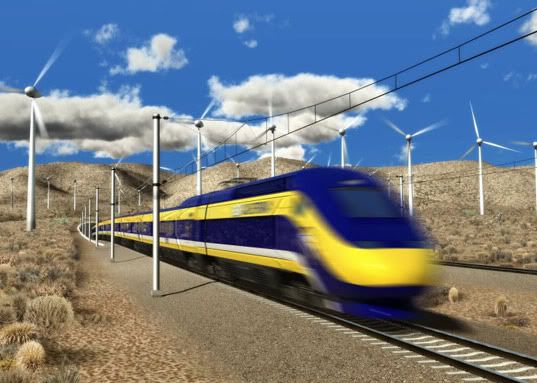
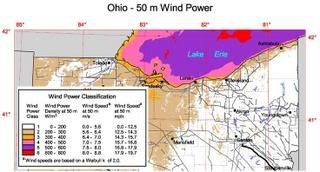 And why the Great Lakes? Because that’s where the wind blows, as shown on the trimmed down version of the 2004 50m wind speed map for Ohio to the right.
And why the Great Lakes? Because that’s where the wind blows, as shown on the trimmed down version of the 2004 50m wind speed map for Ohio to the right. 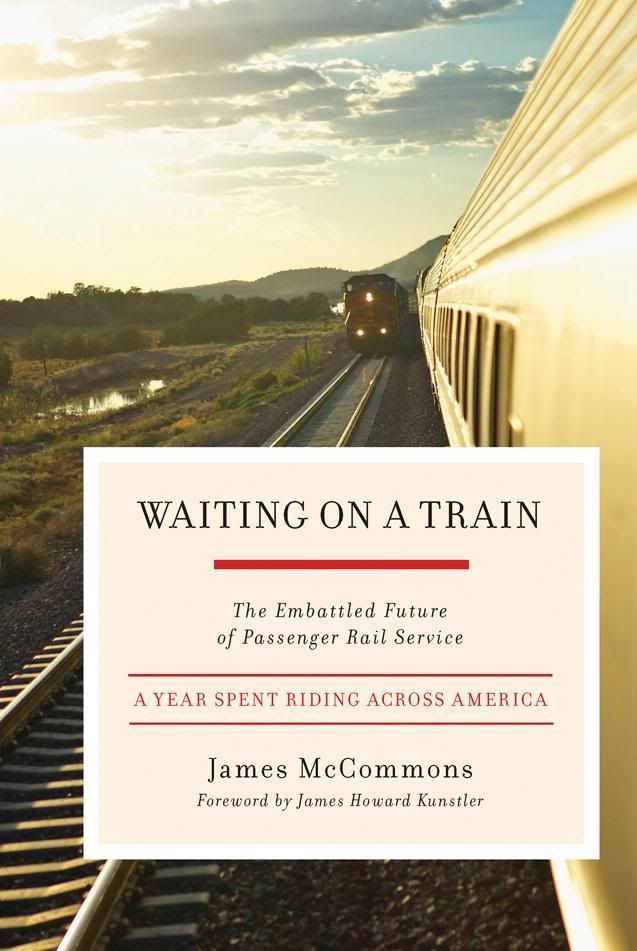 Back in the 29 Nov 2009 Sunday Train,
Back in the 29 Nov 2009 Sunday Train,  One element of the recent California HSR “revised” draft 2012 Business Plan (which we shall call the Other, Other Plan) involves looking to one particular means of finance in addition to general fund bond finance and Federal transport grant funding:
One element of the recent California HSR “revised” draft 2012 Business Plan (which we shall call the Other, Other Plan) involves looking to one particular means of finance in addition to general fund bond finance and Federal transport grant funding:  I saw this story a couple of weeks ago, but between the happenings in California and some unanswered questions I had, I haven’t mentioned it yet.
I saw this story a couple of weeks ago, but between the happenings in California and some unanswered questions I had, I haven’t mentioned it yet.  As I mentioned in last week’s Sunday Train, the California HSR Authority came out with a revised draft Business Plan.
As I mentioned in last week’s Sunday Train, the California HSR Authority came out with a revised draft Business Plan.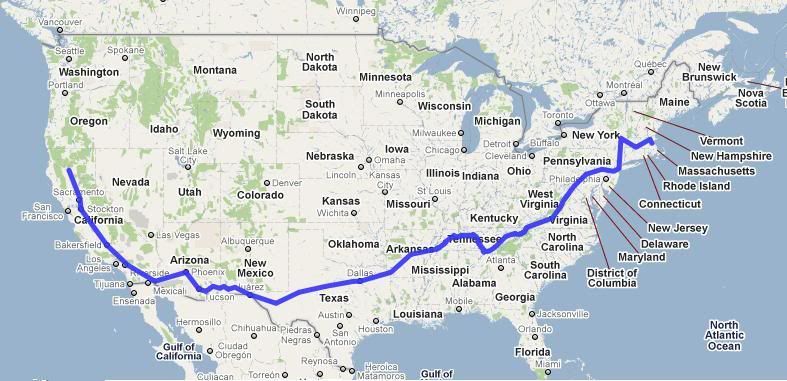 (Right: Liberty Line) The Steel Interstate proposal is an effort to build Rapid Electric Freight Rail Tollways across the country ~ east to west and north to south ~ to:
(Right: Liberty Line) The Steel Interstate proposal is an effort to build Rapid Electric Freight Rail Tollways across the country ~ east to west and north to south ~ to:
Recent Comments